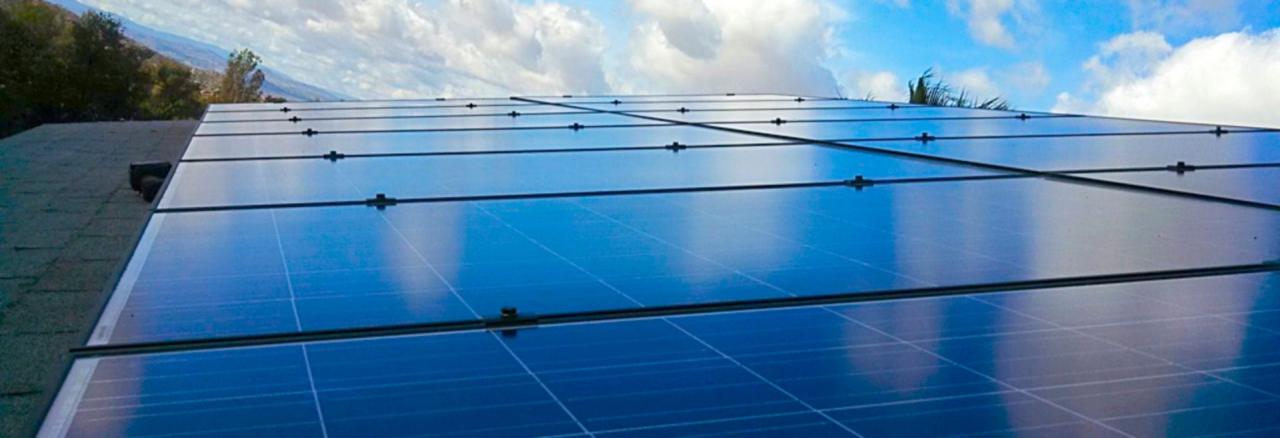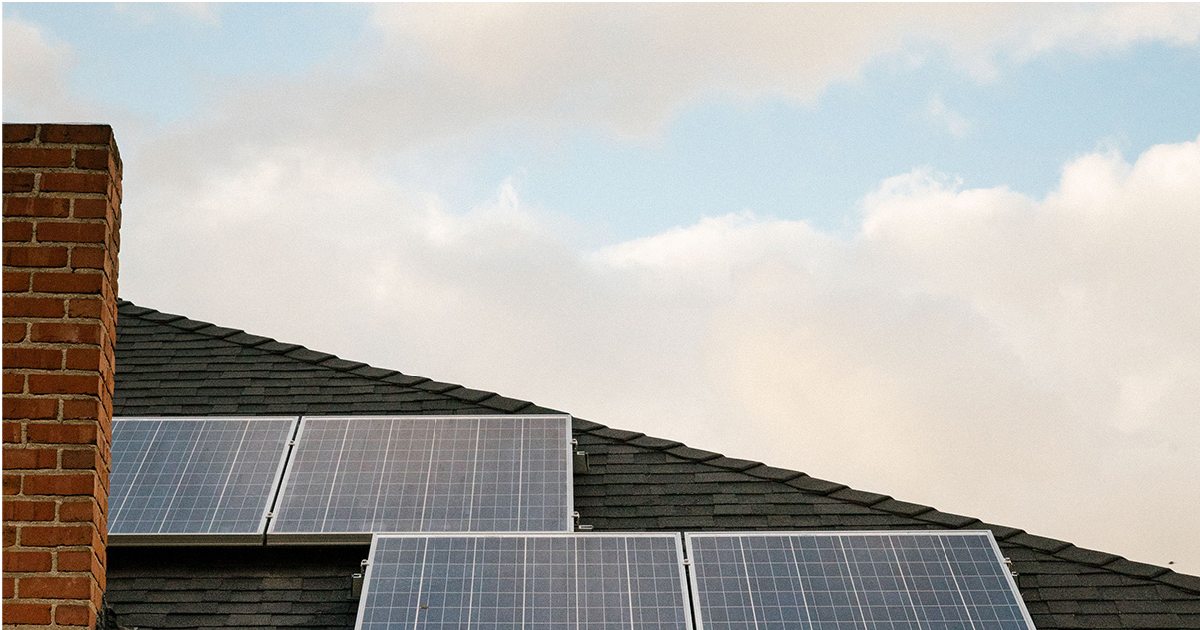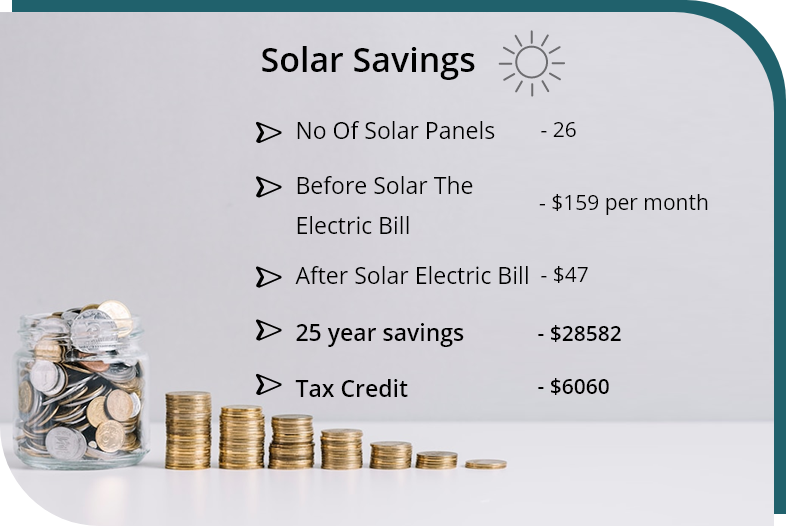Cost of sunrun solar panels is a hot topic for anyone considering going solar. With the rising costs of energy and the push for sustainable solutions, understanding how much you’ll invest in solar panels is crucial. From the initial installation costs to ongoing maintenance and financing options, navigating the financial landscape of solar energy can feel overwhelming. But don’t worry, we’re here to break it down for you in a way that’s easy to digest and informative.
In this guide, we’ll cover everything from the upfront investment needed for Sunrun installations to the factors that can influence pricing. We’ll also look at how Sunrun stacks up against other solar providers and the financial benefits you can expect in the long run. So, whether you’re a homeowner ready to make the leap into solar or just curious about how it all works, we’ve got you covered.
Cost Breakdown of Sunrun Solar Panels

Installing Sunrun solar panels is a significant financial commitment, but understanding the cost breakdown can help homeowners make informed decisions. This section will delve into the initial investment, ongoing maintenance costs, and available financing options, all of which are crucial for evaluating the total cost of solar energy systems.
Initial Investment for Sunrun Solar Panel Installation
The upfront costs associated with Sunrun solar panels typically include equipment, installation, and additional fees. Homeowners looking to invest in solar energy should expect the following components in their initial investment:
- Solar Panel Costs: The price of the panels themselves varies based on the size and efficiency of the system. For instance, a standard 6 kW solar system might cost between $15,000 and $25,000 before incentives.
- Installation Fees: Professional installation is often required and can add anywhere from $1,500 to $3,000 to the total cost. Sunrun provides installation services as part of their package, ensuring compliance with local regulations.
- Permits and Inspection Fees: Depending on location, homeowners may need to pay for permits and inspections, which can range from $500 to $1,000.
Ongoing Maintenance Costs Associated with Sunrun Solar Panels
Maintaining solar panels is essential for optimal performance and longevity. While Sunrun panels are designed to last for decades, it’s important to factor in the following ongoing maintenance expenses:
- Routine Maintenance: Regular cleaning and inspection are necessary to ensure efficiency, costing approximately $300 to $600 annually.
- Repairs: Although rare, repairs may be needed for electrical components or the inverter, averaging $500 to $1,500 over the lifespan of the system.
- Monitoring Systems: Some homeowners may opt for monitoring services to track energy production, which can incur additional monthly fees of around $10 to $30.
Financing Options and Their Impact on Overall Costs
Financing can significantly affect the total cost of solar panel installation. Sunrun offers various financing solutions to accommodate different budgets and preferences, including:
- Cash Purchase: Paying upfront allows homeowners to avoid interest and finance charges, maximizing long-term savings.
- Solar Loans: Homeowners can finance their system with loans that typically come with low-interest rates, allowing for manageable monthly payments while still benefiting from solar energy.
- Leasing and Power Purchase Agreements (PPAs): These options require little to no upfront costs but shift the ownership benefits to Sunrun. Homeowners pay a monthly fee or for the energy produced, often resulting in lower initial expenses.
“Understanding the financing options available can help homeowners make the most cost-effective decision regarding their solar investment.”
Factors Influencing the Cost of Sunrun Solar Panels

The price of solar panels is not a one-size-fits-all scenario. Several factors come into play when determining how much you’ll pay for Sunrun solar panels. Understanding these elements can help you make informed decisions and potentially save money on your solar investment. From location nuances to energy requirements, let’s break down the major contributors to solar panel pricing.
Location and Energy Needs
The geographical location and specific energy needs significantly influence the cost of Sunrun solar panels. The cost of installation can vary widely based on local regulations, labor costs, and the availability of sunlight. Key considerations include:
- Geographic Variability: Areas with abundant sunlight often have lower costs due to higher energy efficiency and quicker payback periods.
- Local Incentives: Some states offer incentives or rebates that can substantially decrease the initial investment.
- Energy Consumption: Homes with higher energy needs may require more panels or advanced systems, increasing overall costs.
Government Incentives and Rebates
Government programs can play a crucial role in reducing the overall cost of solar panel systems. Various incentives are in place to encourage homeowners to adopt renewable energy solutions. Some key incentives include:
- Federal Tax Credit: The Investment Tax Credit (ITC) allows homeowners to deduct a significant percentage of their solar system costs from their federal taxes.
- State Rebates: Many states offer additional rebates, which can further lower the upfront cost of installation.
- Net Metering Policies: Homeowners can receive credits for excess energy they produce, offsetting their electricity costs.
Differences in Pricing Among Sunrun Solar Panel Models
The choice of panel model can substantially affect pricing. Sunrun offers a range of solar panel models tailored to different needs and budgets. Understanding the distinctions between these models helps consumers make informed choices. The factors influencing model pricing include:
- Efficiency Ratings: Higher efficiency panels typically cost more but can produce more energy in a smaller space.
- Technology Type: Monocrystalline panels tend to be more expensive than polycrystalline but offer better performance and aesthetics.
- Warranty and Service: Models with extended warranties and better service options may come at a premium but provide peace of mind.
Cost Comparison with Other Solar Providers

When considering solar energy options, it’s essential to evaluate not just the individual costs but how they stack up against other providers in the market. Sunrun is one of the leading solar companies, and by examining its pricing against competitors, potential customers can gain insight into the best value for their investment in solar technology.
Sunrun’s pricing structure varies depending on several factors, including system size, location, and incentives. However, it’s important to analyze how this pricing compares to other major players in the solar market. Energy costs from traditional sources, like fossil fuels, continue to rise, making solar a more attractive alternative. In this context, understanding the financial advantages of Sunrun’s offerings can be beneficial. The following data provides a clearer picture of where Sunrun stands relative to its competitors.
Pricing Comparison with Major Solar Companies
In evaluating the costs associated with Sunrun solar panels, it is helpful to compare them directly with those of other major solar providers such as Vivint Solar, Tesla Solar, and LG Solar. The following table highlights the average costs for solar panel installations, allowing potential customers to make informed decisions based on their budgets and expected savings.
| Solar Provider | Average Cost per Watt | Typical System Size (kW) | Total Estimated Cost |
|---|---|---|---|
| Sunrun | $2.75 | 6.5 kW | $17,875 |
| Vivint Solar | $2.85 | 6.5 kW | $18,525 |
| Tesla Solar | $2.50 | 6.5 kW | $16,250 |
| LG Solar | $3.10 | 6.5 kW | $20,215 |
From this table, it’s clear that while Tesla Solar offers the lowest price per watt, Sunrun’s total estimated cost remains competitive. This analysis underscores the importance of not just looking at the initial costs but also considering performance and reliability.
“Investing in solar energy can save homeowners thousands in utility costs over time.”
Comparing Sunrun’s value proposition against traditional energy costs reveals significant advantages. With the increasing prices associated with non-renewable energy sources, homeowners can see long-term savings by transitioning to solar energy. Over a typical 20-year period, the savings can add up substantially, making the initial investment in solar panels a financially sound decision.
In summary, while the upfront costs of solar panels can vary, the long-term benefits and savings associated with Sunrun and its competitors present a compelling case for renewable energy adoption.
Long-term Financial Benefits of Sunrun Solar Panels
Investing in Sunrun solar panels offers homeowners significant long-term financial advantages. These benefits extend beyond mere initial savings; they include substantial reductions in electricity bills, increased property values, and long-term projections for financial returns. Understanding these elements is crucial for anyone considering a solar investment.
The potential savings on electricity bills with Sunrun systems can be remarkable over time. Homeowners who install solar panels often see a significant decrease in their monthly electricity expenses, which can lead to thousands of dollars saved over the lifespan of the system. For many, the ability to generate their own electricity means less reliance on the grid, reducing monthly utility payments and providing long-term financial stability.
Electricity Bill Savings Over Time
Homeowners can experience substantial savings on their electricity bills with Sunrun solar installations. Here’s how the savings can progress over the years:
– Initial Savings: Many homeowners report a decrease in their monthly utility bills by 50% or more right after installation.
– Long-Term Projections: With rising utility rates averaging about 3% annually, the savings can multiply significantly over time.
To illustrate this, consider the following projection table showing the estimated savings over 5, 10, and 20 years with Sunrun solar panels based on an average electricity bill of $150 per month and a utility rate increase of 3% per year.
| Years | Estimated Savings |
|---|---|
| 5 Years | $9,000 |
| 10 Years | $20,000 |
| 20 Years | $60,000 |
“Investing in solar panels not only reduces monthly expenses but can lead to substantial cumulative savings over time.”
Increase in Property Value from Sunrun Installations, Cost of sunrun solar panels
In addition to savings on electricity bills, installing Sunrun solar panels can also enhance property value. Homes equipped with solar energy systems tend to attract buyers looking for energy-efficient features, thereby commanding higher selling prices. Studies suggest that homes with solar installations can sell for anywhere from 4% to 6% more than comparable homes without solar.
This increase in property value is especially relevant in a market where energy efficiency is becoming a priority for many homeowners. As energy costs continue to rise, buyers are increasingly willing to pay a premium for homes that promise lower utility costs and sustainable living.
“Solar panels can elevate your home’s market value, providing an attractive return on investment for homeowners.”
If you’re considering going solar, getting a solar panel installation quote can really help you understand the costs involved. This way, you can compare different providers and find the best deal that fits your budget. Once you have your quotes, you’ll be in a better position to choose the right company, possibly even the most popular solar panel company that aligns with your needs.
When researching solar options, you’ll often come across the most popular solar panel company choices that many homeowners trust. These companies usually offer competitive pricing and solid warranties, making them a go-to for first-time buyers. Don’t forget to get a solar panel installation quote to ensure you’re making the best financial decision for your home.